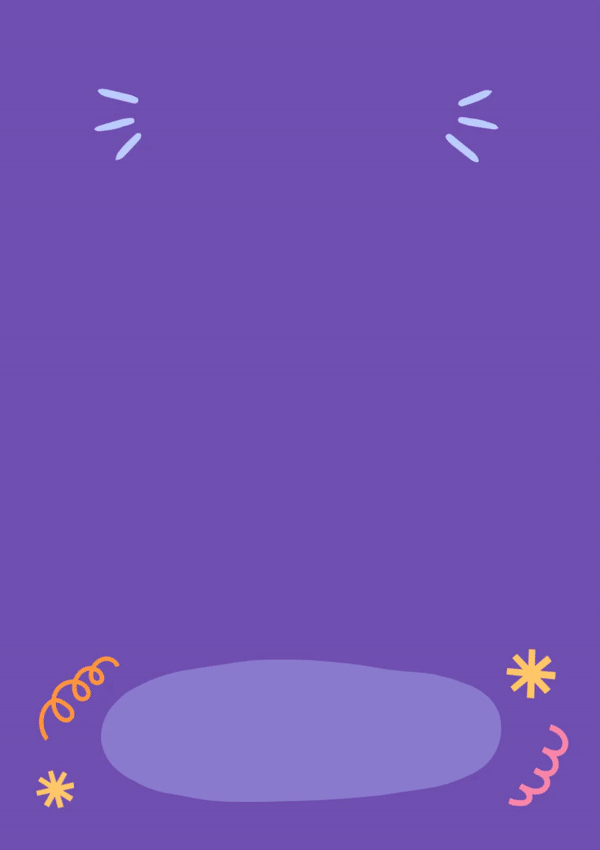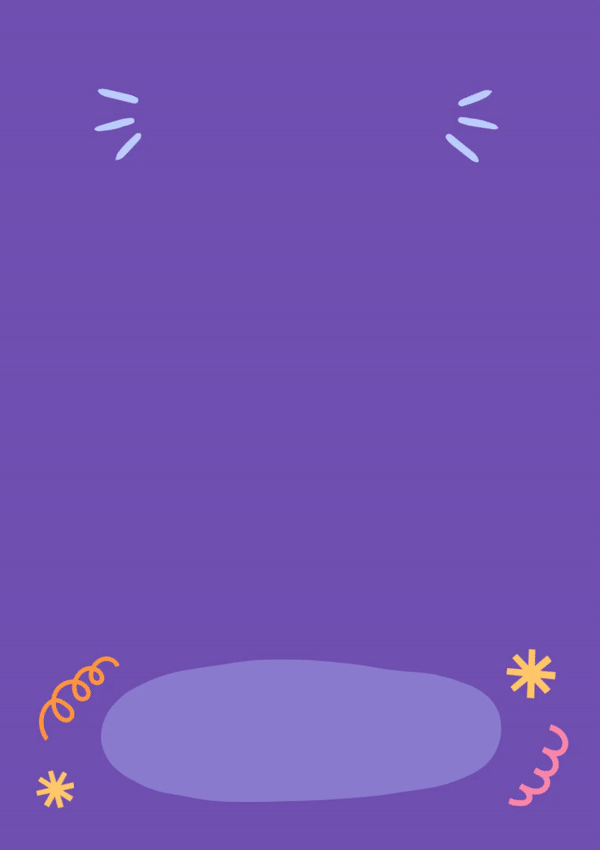Hey! Dr.Zak is here to discuss the new amazing Article, "Dress Your Thoughts By Your Language".It is my 1st Article in this Community but I hope you all enjoy my article and the learning it has. Voice is produced by Larynx, it is punctuated by vibrations of Vocal cards. This voice when somebody rises it produces a different narrative that can be understood by one person in one region and not able understand by one person in another region. It can be a barrier to a smooth way of communication. After reading my article you will be able to know about the following outcomes.
1) What is Language?
2) What are my native languages and their origins?
3) What are the languages spoken in Pakistan and What is the Pakistani National Language?
4) What is a Writing Prompt#13 and How You Can Participate in this Prompt?

#What is Language?
It is the tool of communication through words, gestures, or Que that make sense of understanding in one's mind. It is the bridge that makes the smooth flow of knowledge between two individuals. There are 65,00 languages spoken in the whole world. Even every country has a different set of languages. Here are some most spoken languages in the world based on ranking.
1)English
2)Mandarin
3)Hindi
4)Spanish
5)French
6)Arabic
7)Bengali
8)Russian
9)Portuguese
10)Indonesian
In all of these ten languages, English is the International language of communication in the Whole world. If you want there should be cloth or dress on your ideas or thoughts you must try to learn the languages of the country where you're spending your days and nights.
#Types of Language
It can be categorized based on nation feature, country, or special emotion or behavioral movement.
1)Portuguese Language is spoken by the people of Portugal.
2) Chinese language is spoken by the people of China.
3)Russian Language is spoken by the people of Russia.
Now let us divide the language based on emotions or features.
1)Body Language
2)Love Language
3)Thorne Language
4) Animal Language
These languages can not be learned through the use of an indirect source, for their learning we have to make a direct relation with Love, human or Animal.
#What are the Languages spoken in Pakistan and What is the Pakistani National Language?
In Pakistan, four types of nations live like one body. It includes mainly Pathan, Baloch, Sindhi, Saraki, and Punjabi. Rather than Hindi, English, Kashmiri, and Gelgati are also spoken in some regions. These all languages shows different Culture and different tribes in Pakistan as well. To meet the gap and bridge the Gap of languages our Government announced Urdu as our National Language that is spoken in the whole of Pakistan and Pakistani offices.
#Origin and Importance of Urdu in Asia
Urdu is an Indo-Aryan language spoken chiefly in South Asia. It is the official national language and lingua franca of Pakistan. In India, Urdu is an Eighth Schedule language whose status, function, and cultural heritage is recognized by the Constitution of India; it has some form of official status in several Indian states. In Nepal, Urdu is a registered regional dialect. Urdu has been described as a Persianised standard register of the Hindustani language. Urdu and Hindi share a common Indo-Aryan vocabulary base and very similar phonology and syntax, making them mutually intelligible in colloquial speech.
Urdu was chosen as the language of East India Company rule across northern India in 1837 when the Company chose it to replace Persian, the court language of the Indo-Islamic empires. Religious, social, and political factors arose during the colonial period that advocated for a distinction between Urdu and Hindi, leading to the Hindi–Urdu controversy.
According to Nationalencyklopedin's 2010 estimates, Urdu is the 21st most spoken first language in the world, with approximately 66 million who speak it as their native language. According to Ethnologue's 2018 estimates, Urdu is the 11th most widely spoken language in the world, with 170 million total speakers, including those who speak it as a second language.
In the Delhi region of India the native language was Khariboli, whose earliest form is known as Old Hindi. It belongs to the Western Hindi group of the Central Indo-Aryan languages. The contact of the Hindu and Muslim cultures during the period of Islamic conquests and in the Indian subcontinent (12th to 16th centuries) led to the development of Hindustani as a product of a composite Ganga-Jamuni tehzeeb. In cities such as Delhi, the Indian language Old Hindi began to acquire many Persian loanwords and continued to be called "Hindi" and later, also "Hindustani". In southern India (especially in Golkonda and Bijapur), a form of the language flourished in medieval India and is known as Dakhini, which contains loanwords from Telugu and Marathi. An early literary tradition of Hindavi was founded by Amir Khusrau in the late 13th century. From the 13th century until the end of the 18th century the language now known as Urdu was called Hindi, Hindavi, Hindustani, Dehlavi, Lahori, and Lashkari. By the end of the reign of Aurangzeb in the early 18th century, the common language around Delhi began to be referred to as Zaban-e-Urdu, a name derived from the Turkic word ordu (army) or orda and is said to have arisen as the "language of the camp", or "Zaban-i-Ordu" or natively "Lashkari Zaban". The Turko-Afghan Delhi Sultanate established Persian as its official language in India, a policy continued by the Mughal Empire, which extended over most of northern South Asia from the 16th to 18th centuries and cemented Persian influence on Hindustani. The name Urdu was first introduced by the poet Ghulam Hamadani Mushafi around 1780. As a literary language, Urdu took shape in courtly, elite settings. While Urdu retained the grammar and core Indo-Aryan vocabulary of the local Indian dialect Khariboli, it adopted the Nastaleeq writing system – which was developed as a style of Persian calligraphy.

#What is Writing Prompt#13 and How can you Participate in this Prompt?
This article was the part of Prompt organized in this community. It is a free opportunity to reveal your skills and you can get their learning by comparing and reading articles of different authors with the same Theme. I am kinda too much excited after completing this article and I am more relaxed to join this community. My regular entrapped mind about finding the topic about which I should write is completely easy to know the topic assigned here. How can we participate in this Prompt?. Here are some ethics and rules to join this prompt.
1. Everyone is invited.
2. Write an article about Language
3. Your article should be your pure content written by you.
4. It must contain at least 600 words for rusty visits.
5. Tag ma'am @JonicaBradley for participating in this prompt.
6)Post this Article in this community.
Plagiarism Checker Language
Before publishing this article, I want to check my article. I kinda don't want any sort of Plagiarism in my article. It is free and gives correct results with 70% accuracy. Let me Check this time its Language is how favorable to me.?

Source:
https://en.m.wikipedia.org/wiki/Urdu



Thank you for these information. Very worth to read and I would definitely apply this. 🙂